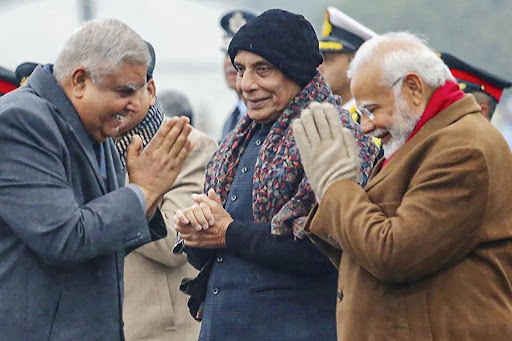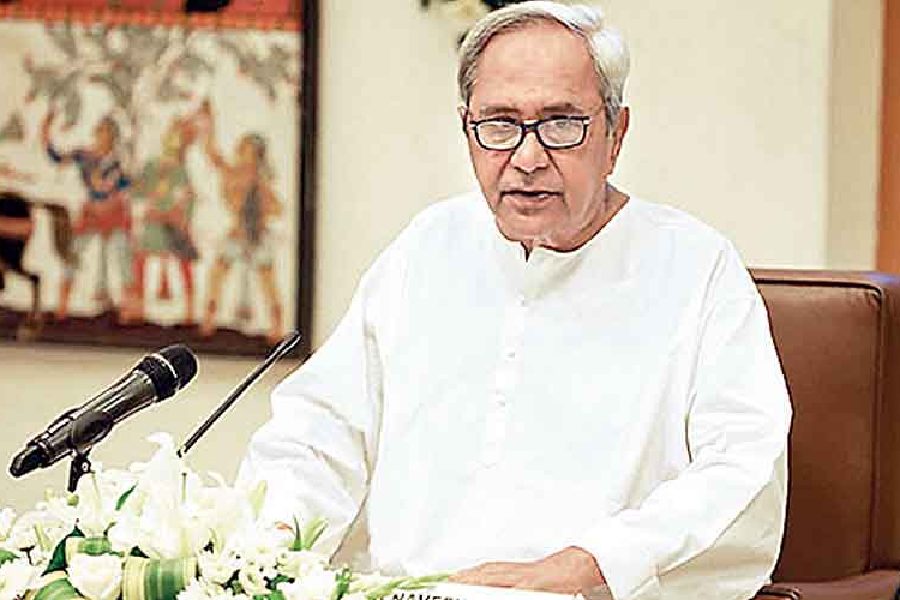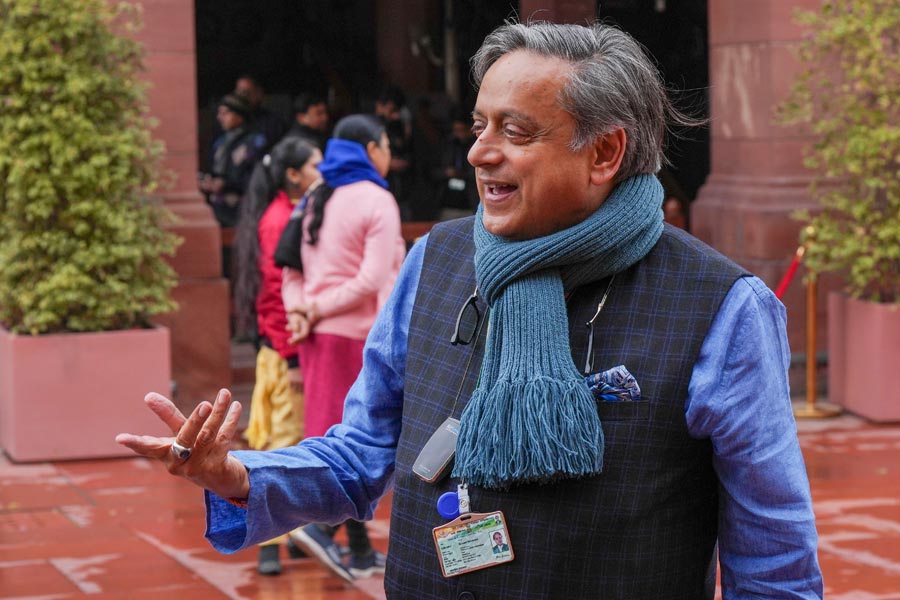 |
| Diablo Camouflage by IV Toshain from Austria |
GenNext III at Aakriti Art gallery has, apart from artists under 40 from all over the country, participants from Italy, the US, Poland, Pakistan and Bangladesh as well. Like their Indian counterparts, the works of foreigners are also marked by sensitivity, innovativeness and skill of a high degree. And what’s more, the participants from Italy and the US were present at the opening. The gallery had received 800 entries of which only 80 were chosen.
The interactive sessions with participants like Vivan Sundaram and Ashok Vajpayee and workshop that followed were relaxed and informal. Oscar Aschan of the Swedish ministry of culture announced that his country was keen on an exchange programme of artists.
One of the best entries is from IV Toshain from Austria, who uses delicate pencil lines to draw the face of a pretty girl and superimposes a photograph of the arcs of teeth on it, immediately turning it into a death’s head.
Self-trained Serena Scapagnini (Italy) deploys the pencil and china ink on paper to evoke dream worlds but the precision and sharpness of her imagination turn these into tangible reality.
Mathew Tom’s (US) critiques of society and self are threadbare, and Asim Amjad of Pakistan slathers pigment in a manner that is an apology for the expressionist style.
Korou KH is a minor surprise from Manipur. His painting of men being impaled is stark and overcast with a sense of despair. Printmaker Moutushi Chakraborty depicts the contours and curves of the bloated human body in black and white. Her lithograph has the sophistication of an Aubrey Beardsley drawing. She also uses digital photography in a bold and provocative manner.
Appliqué is associated with Orissa. But decoration is far from Banatanwi Das Mahapatra’s mind. She uses textile like pigment and cobbles splashes of muted shades together. The effect is that of an abstract work with subtle paint work. Sanhita Banerjee’s pedestal-fan-like sculpture is the only work with tongue-in-cheek humour. Nantu Behari Das’s fibreglass head studded with tiny bells erases identity. The catalogue of this show deserved a better design.











